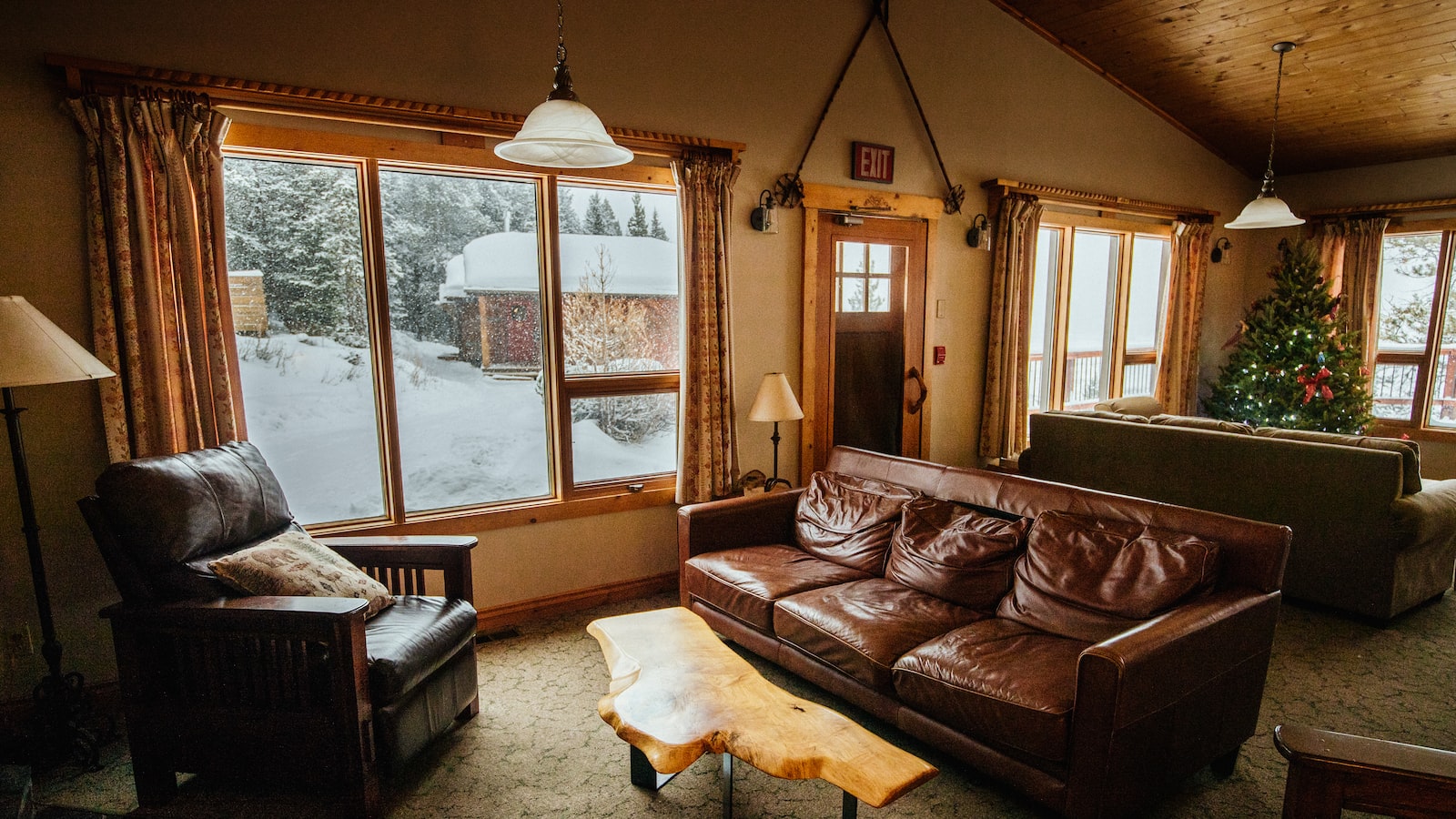Growing Peppers Indoors – Guidelines & Tips
Growing peppers indoors year-round is a great way to produce a steady supply of your favorite peppers. Indoor peppers can flourish with as much flavor and heat as those grown outdoors. Growing peppers indoors is a simple process but requires a few special considerations to ensure success.
The Basics of Growing Peppers Indoors
Start by selecting plants with a high germination rate for growing indoors. These plants are typically smaller and have a more compact growing habit, making them ideal for container gardening. The plants should also be adapted to indoor growing conditions, such as low light levels. It is also important to choose seeds from a reliable source.
Next, prepare a potting mix that is nutrient-rich and biologically active. Peppers thrive in a loose, well-drained soil that is slightly acidic. Be sure to provide ample drainage, as peppers are sensitive to water-logged roots. Add some organic material, such as peat moss or compost, to the soil for extra nutrition.
Finding the right container is also essential for indoor peppers. While it is possible to grow peppers in very small containers, larger pots are usually preferable. The pot should be well-draining and made of a non-toxic material, such as plastic or ceramic. Peppers will also benefit from having a greenhouse or cold frame, if possible.
Tips for Growing Peppers Indoors
Once you have chosen your container for your peppers, it’s important to provide your plants with as much sunlight as possible—12 hours a day is ideal. If you’re not able to provide this much direct sun indoors, use supplemental lighting to ensure the plants get enough light.
Peppers also require a steady supply of water and fertilizer. Avoid overwatering, as this can lead to root rot. Make sure to water deeply and regularly to encourage a strong root system. Fertilizing your peppers every 2 weeks with a balanced fertilizer is recommended.
Finally, regular maintenance will ensure that your peppers stay in optimal health. Monitor your peppers for signs of pests or disease and take steps to treat them if necessary. Prune your peppers regularly to maintain an attractive shape and control the size of the plants. Finally, provide your peppers with a steady supply of nutrients and water for the best results.
Conclusion
Growing peppers indoors can be a rewarding and enjoyable experience. With the right environment and care, you can enjoy a steady and consistent supply of peppers all year round. Follow the tips outlined in this article to ensure success with your pepper plants.



